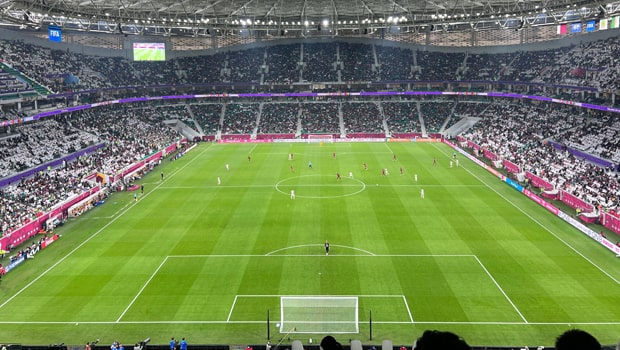The World Cup is undoubtedly the most important sporting event on the planet. It captures the attention of both players and fans from all over the world and has been a source of entertainment for decades. The current format of the World Cup ensures that matches are entertaining and competitive, with each team striving to showcase its best performance.
Thanks to this format, every match has something special in store—from dramatic goals to exciting comebacks to intense rivalries, there’s never a dull moment during a World Cup game. And with such an expansive selection of teams competing at different levels, we witness some truly remarkable stories unfold before our eyes. Every participating nation puts forth its best effort in hopes of securing victory and capturing glory on an international stage; it’s no wonder many people tune in year after year!
But FIFA wants to change the format of the World Cup for the 2026 edition by adding more participating teams and expanding the group stage.
However, this idea has generated much controversy, and there are many critics of the proposal.
A reflection is requested before there is no going back since many ask that the current format be maintained.
The new format would imply a considerable increase in matches. Of the 64 of the current World Cup, it would go to 80.
FIFA approved in 2017 that the 2026 edition would have 48 participating teams with 16 groups of three teams, with 32 teams classified for the round of 32, that is, only one eliminated per group of three.
But now, many doubts arise as to whether this decision is the right one since it would imply a schedule of more games in less time for the teams that advance, in addition to lengthening the tournament and increasing the operating costs of the host countries.
FIFA argues that having more teams will make the tournament more attractive and offer more possibilities to countries that have never qualified for a World Cup.
























